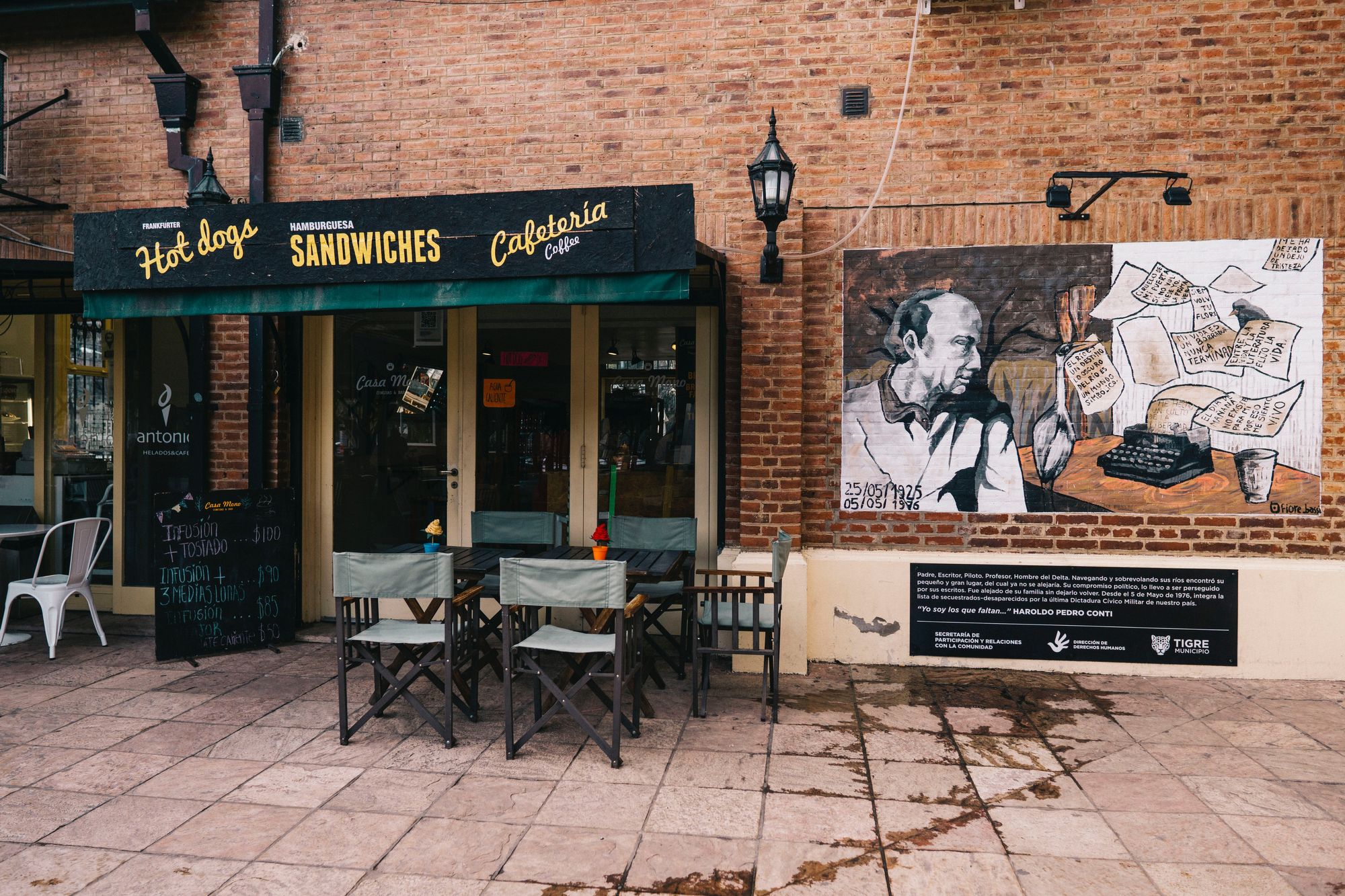The story is, I’m sure, ubiquitous to the point of banality: a teenage kid, disaffected by a boring home life, the stultifying atmosphere of the public school classroom, and a political world polarized into warring factions of competing dogmatic untruths takes to books, long walks, and contemplation. He sleeps through his senior year, nonetheless earning decent-enough marks, and avoids the graduation ceremony in favor of reading under a tree in the park, tarrying at the town’s one small but noble coffee shop, maybe a punk show at the local DIY venue in the evening. All the while, however, there’s conversation: with friends over strange books discovered in dusty corners of dimly-lit places, with strangers encountered at any point during a stroll about the city. The discovery of a world outside the narrow institutional confines that characterize the lives of the young carried with it a discovery of the pleasures of discussion, and of a diversity of interlocutors impossible in the home or at school. It’s a thrilling, scary, universe-enlarging experience—and for many, it comes to a close on the first day of college, when life once again becomes organized around managed encounters with people much like oneself. For my part, I dropped out and took to hitchhiking, which is another way to have conversations with a curious sampling of American characters. Throughout everything, however, there was talking. Discussion was always prime.
Jake Siegel recounts a similar story in a recent essay at Tablet Magazine. For him, argument was an essential and inescapable feature of a New York upbringing. “The conversation was everything,” he muses: “It flowed all around us, in the subways and the streets, in the diners and the high-rise apartments, and if you could master it, it could take you anywhere.” To be game for an argument anywhere with anyone was to be a New Yorker—and thus, to be an American:
“American because, if you could think it and you could argue it, then maybe you could be it, too. It was at least possible. And it was democratic in the best sense. You could talk to anyone, butt into any stranger’s conversation, as long as you had something interesting to say.”
But then Siegel’s remembering becomes a eulogy. Something has changed. “I don’t know how to argue in America anymore,” he laments, “or whether it’s even worth it.” Our national enthusiasm for debate has been supplanted by a mania for sermonizing: reason has been replaced by fanaticism, the proposition by the commandment. Talking no longer admits curiosity of persuasion—only judgment and, ultimately, condemnation. But it’s a religious mode of discourse without the possibility of absolution: “Those in possession of this vision do not offer the possibility of redemption or transcendence, they come to deliver justice.”
My own experience confirms this. The world once felt open to inquisitiveness and a kind of conversational trying-stuff-out-to-see-what-happens, but now the stakes are immeasurably high. Someone who disagreed with you two decades ago may have called you an asshole; now, the standard operating procedure is to call your boss. The fear of being wrong has led otherwise normal people into either timorous quietism or bombastic taboo-breaking frenzy. Argument is possible among friends, in utter privacy, while an enforced politeness weighs over our public world like a heavy fog. More than one liberal-minded, well-meaning friend has uttered the tremulous confession: “I feel scared talking about this in public!”
Siegel’s piece is excellent and his observations are sound, but it falls short in one important respect. He lays the blame for our new religio-political atmosphere on a trio of movements associated with the “left”: Nikole Hannah-Jones’ 1619 Project, #MeToo, and Black Lives Matter. His assessment of these phenomena is sound: all of them insist upon a particular moral injunction or a simplified and mythologized historical narrative over a scrutiny of the actual facts of the world, and they regard any investigation of the movements’ axioms as itself morally suspect. But Siegel fails to take into account the religio-mythical developments on the other side of the political aisle: QAnon, “Western Civilization” revanchism, and esoteric 4chan fascism. Even a less spectacular example—politicized evangelical Protestantism—stands as one of the most consequential ideological developments of the late 20th and early 21st century, having earned the power of governance in the administration of President George W. Bush and served as eschatological handmaiden to neoconservative power politics in the planning and execution of the Iraq War.
On the other hand, Siegel is correct to give his attention to these developments on the left, given that nearly every public institution and multi-million-dollar corporation in America has publicly expressed support for at least one of them. It was right to criticize companies in 2003 who used “Support the Troops” marketing to hawk plastic knick-knacks and “freedom fries”; it is likewise right to criticize Facebook, Harvard, and Coca-Cola for “Black Lives Matter” memes on Instagram to curry favor with the public and make the products they offer seem less pernicious.
The real story of our era is not about politics on the object level, but about the rapid rise and spread of communication technologies, and the way these have shaped how we talk, think, and relate to one another. Neil Postman’s excellent 1985 book Amusing Ourselves to Death noted how televisual technology gave birth to a politics of short attention, in which political speech devolves from classical rhetoric modeled on the speeches of Cicero and Lincoln to eventually arrive at soundbite. Our new communications technologies are likewise shaping our politics in real-time, and the virtual mob is our era’s version of the televisual spectacle: a completely novel, politically consequential development of our new technological conditions whose power we have yet to fully comprehend.
Featured image by Fábio Alves via Unsplash
